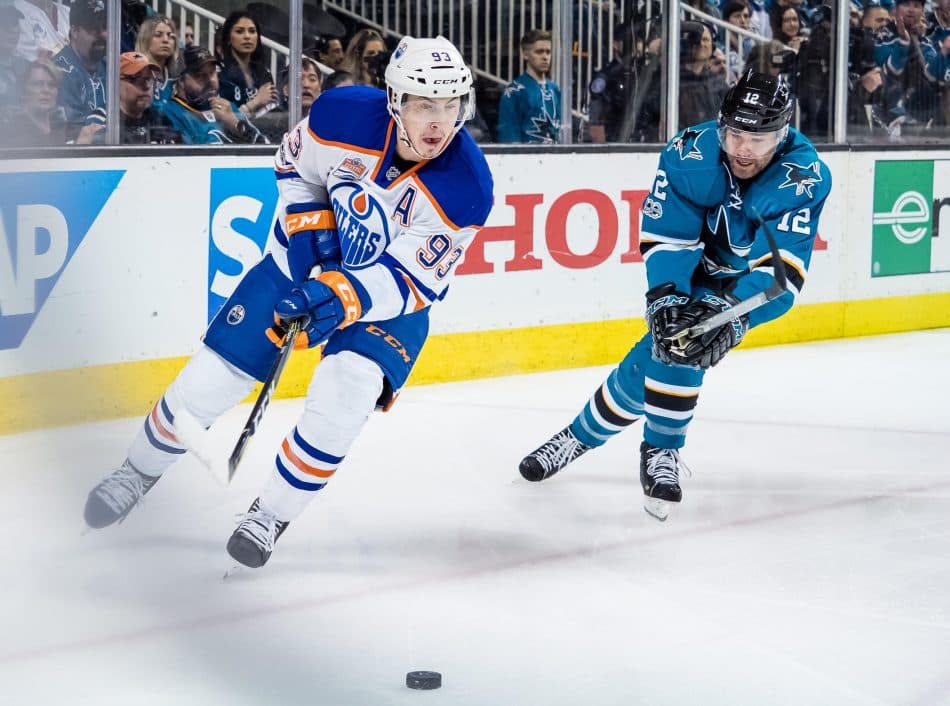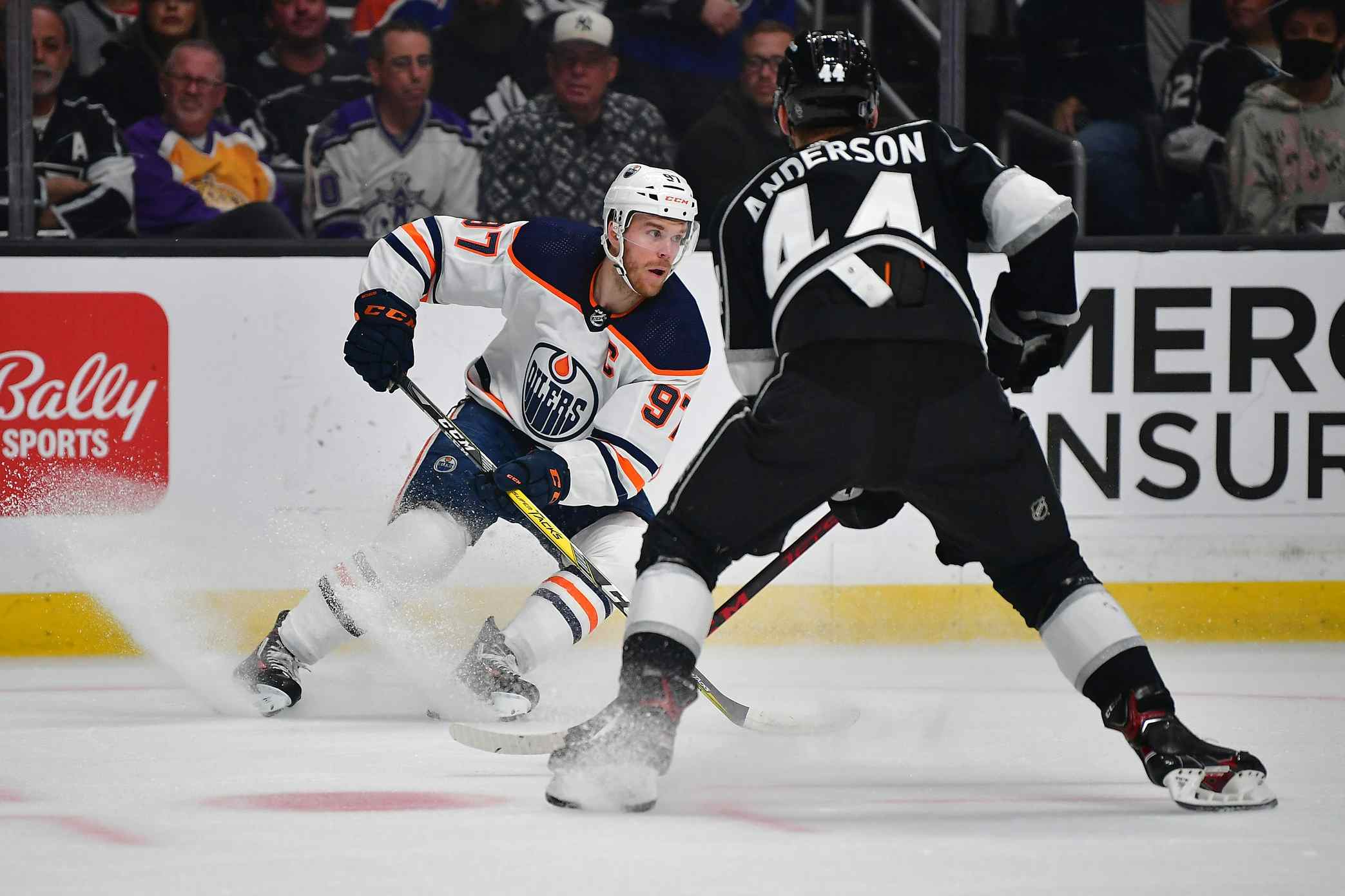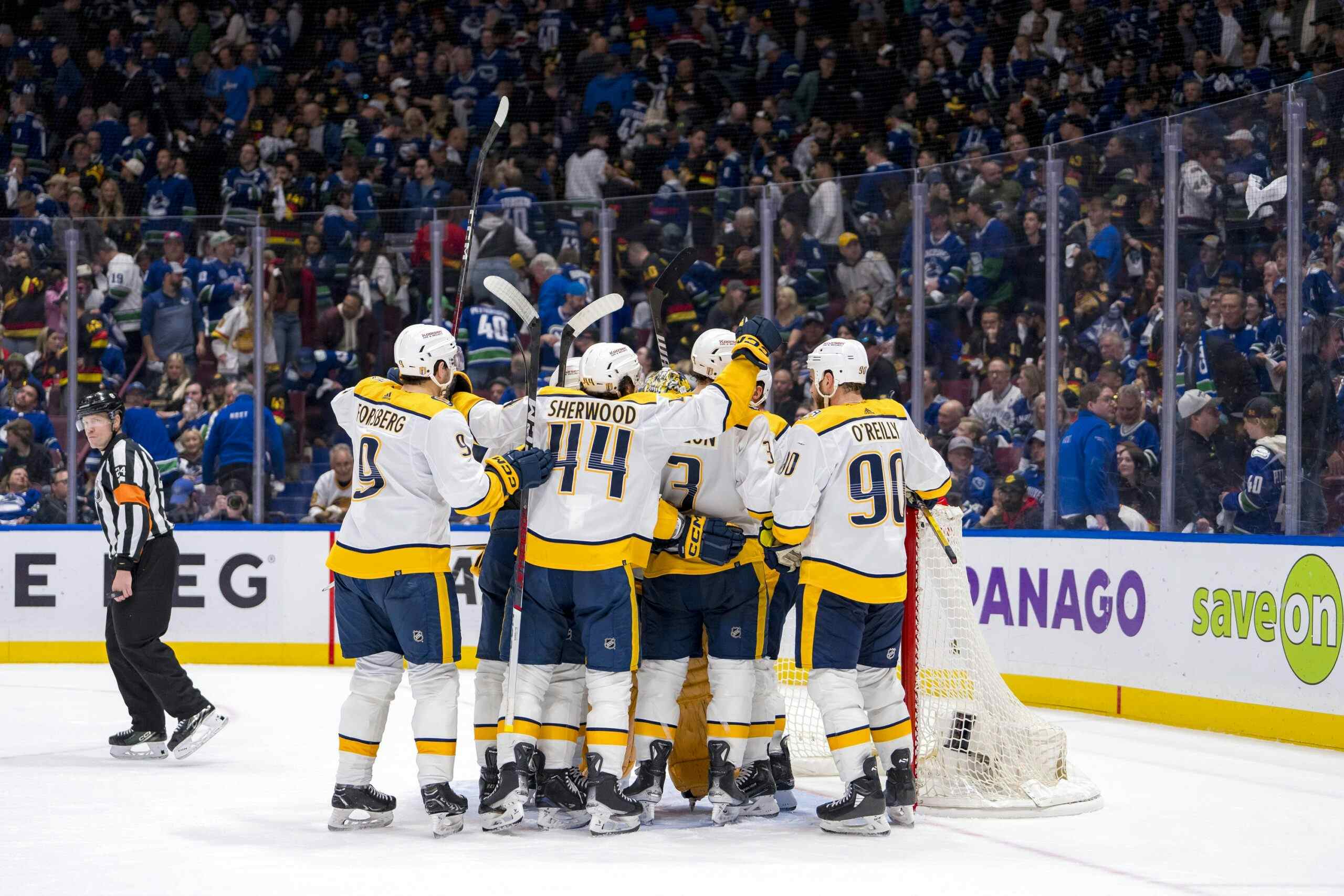Countdown to season question 11: Where will the Oilers improve?

By Jason Gregor
6 years agoThe Edmonton Oilers finished 8th overall in the NHL in 2016/2017 with 103 points.
They were 8th in goals for with 243 and 8th in goals against at 207. Their +36 goal differential was 6th best.
They were 8th in shots for, 2547, and 9th in shots against, 2416. Their +131 shot differential was 7th.
Their powerplay ranked 5th at 22.9% and their PK was 17th at 80.9%.
After a decade of Horrawful (Hi Shaq) hockey, last season was a welcome reprieve for fans and media alike. Discussing a terrible team year after year creates a lot of easy topics, but it was tiresome.
Where can the Oilers improve in 2017/2018 and become a legitimate Stanley Cup contender?
I looked at many other areas of their game. Their 5×5 play was solid. They were 8th in GF, 9th in GA, but they had the 6th best GF/GA (166-140) at +26. Washington (+65), Minnesota (39), Pittsburgh and Columbus (35) and Chicago (28) were the only teams with a better 5×5 GF/GA ratio.
I’m not the biggest believer in Corsi. I don’t think it should be completely discounted, however, I don’t see it being as important as some suggest.
The Oilers were 18th in 5×5 CF% at 49.6%. The four conference finalists ranked: Anaheim 17th, Pittsburgh 20th, Ottawa 22nd and Nashville was the best coming in 5th.
The Oilers Corsi ranking didn’t jive with where they finished in the standings, goals scored and shots on goal. Similar to Pittsburgh, however, Washington was near the top in everything including Corsi.
We can debate the merits of Corsi all we like, but for me it is not the first stat I go to when looking at overall team success.
Last season at this time it was easy to note the areas the Oilers needed to improve. Basically everywhere, except in the stands. The fans loyalty to buy tickets was always top-notch. I’d like the Oilers to recognize that through actions rather than just words more often, but I digress.
Taking the jump from the basement to respectability was much easier than the next few steps will be for the Oilers.
Becoming a top-five team, a division or conference winner and making it to the third and fourth rounds of the playoffs will be more difficult than climbing out of the cellar and into the playoffs.
Sadly, for many who put so much work and effort into their training and preparation, luck plays a massive role. Luck can come in the form of both good and bad luck through bounces, injuries, travel or penalties called or uncalled and often it is out of a team’s control. I’m pretty sure Oilersnation had some &*(^*^()* thoughts about the Ducks goal in game five of the Pacific Division final.
But, there is still much a team can control, and coming off a 103-point season the Oilers still have areas they can improve.
It will be much smaller increments of improvement from last season, based on their massive jump from 2016 to 2017.

May 3, 2017; Edmonton, Alberta, CAN; The Anaheim Ducks celebrate an overtime winning goal by Anaheim Ducks forward Jakob Silfverberg (33) against the Edmonton Oilers in game four of the second round of the 2017 Stanley Cup Playoffs at Rogers Place. Mandatory Credit: Perry Nelson-USA TODAY Sports
IMPROVED AREAS
- Score first. The Oilers scored first in exactly half of their games. They ranked 15th in scoring the first goal 41 times. The Oilers were actually 9th in wins when scoring first, 31, and they had the third best W% when scoring first at .756. When they did score first they were very good going 31-7-3. Fifteen of the sixteen playoff teams ranked in the top-16 in wins when scoring first. Scoring first is a big factor in winning. Their ability to win games, despite not scoring first, helped them a lot last season. The Oilers had the 8th most wins when not scoring first, and the 10th best W% when surrendering the first goal. It is interesting to note that six of the top-14 teams in wins when surrendering the first goal didn’t make the playoffs.
- Penalty kill. Their PK started out great. They were 88.4% through the first 24 games. They allowed eight PP goals in October and November, but once the calendar turned to December their PK struggled. In their final 58 games they allowed 35 powerplay goals on 154 penalties, 77.2%. The Oilers were one of the least penalized teams in the NHL. They had the 7th lowest PK time in the NHL at 380:25 minutes and they were tied with Vancouver, NYR and Columbus for the 5th fewest penalty kill situations. Their discipline wasn’t a problem. Todd McLellan spent the first 25 minutes of his special teams practice working on the PK, so it is an area he clearly wants to see improved.
- **Sidenote. Something to watch for this season. The most penalties across the league occurred in the second period. Every team except for New Jersey, Philadelphia, Los Angeles, Colorado, Tampa Bay and St. Louis had more penalties, and often by a large margin, in the middle frame than in any other period. The Oilers were shorthanded 70 times in the first period, 91 in the second and 60 in the third. Across the NHL teams were on the PK 2405 times in the first, 2769 in the second and 2111 in the third. Do teams naturally get more disciplined in the final frame or do referees call fewer penalties?
- They were the worst faceoff team in the league, so obviously they’d like to improve in the dot. The overall faceoff stat can be misleading, and because Pittsburgh won the Cup despite being a bottom three team in faceoffs I’ve noticed some suggesting the stat has no value. I disagree it has no value, but it can be overrated at times. It definitely won’t guarantee you wins, and I’d like to see the stat evolve to who maintains possession after the faceoff, but winning important draws in your own end, especially when starting the PK, could help their PK%. They don’t have to be a top-five team, but being the worst in the NHL is not ideal year-after-year.
- Most of their improvements will come from individuals which will ultimately help the team. Connor McDavid will shoot on the fly more. Ryan Nugent-Hopkins wants to be more assertive offensively and take some risks. Darnell Nurse becoming more consistent with his decision. Kris Russell will be assertive in the defensive zone. Milan Lucic will produce more at 5×5 and other players will work on their own games. I believe much of the Oilers improvement will occur internally, from their younger players, who happen to play significant minutes.
Where do you think the Oilers need to improve?
Recently by Jason Gregor:
- Quetion #10: Is Sekera Replaceable?
- Question #9: Will the Oilers win the Pacific Division?
- Question #8: Can RNH return to 50 points?
- Question #7: What excites or concerns you about Benning?
- Question #6: Expectations for Jesse Puljujarvi
- Question #5: Can the Oilers mirror success of Pens, Kings and Hawks?
- Question #4: Who will surprise
- Question #3: Can Klefbom become a top-20 D-man?
- Question #2: What is the best role/position for RNH?
- Question #1 How many points with McDavid score?
Recent articles from Jason Gregor





